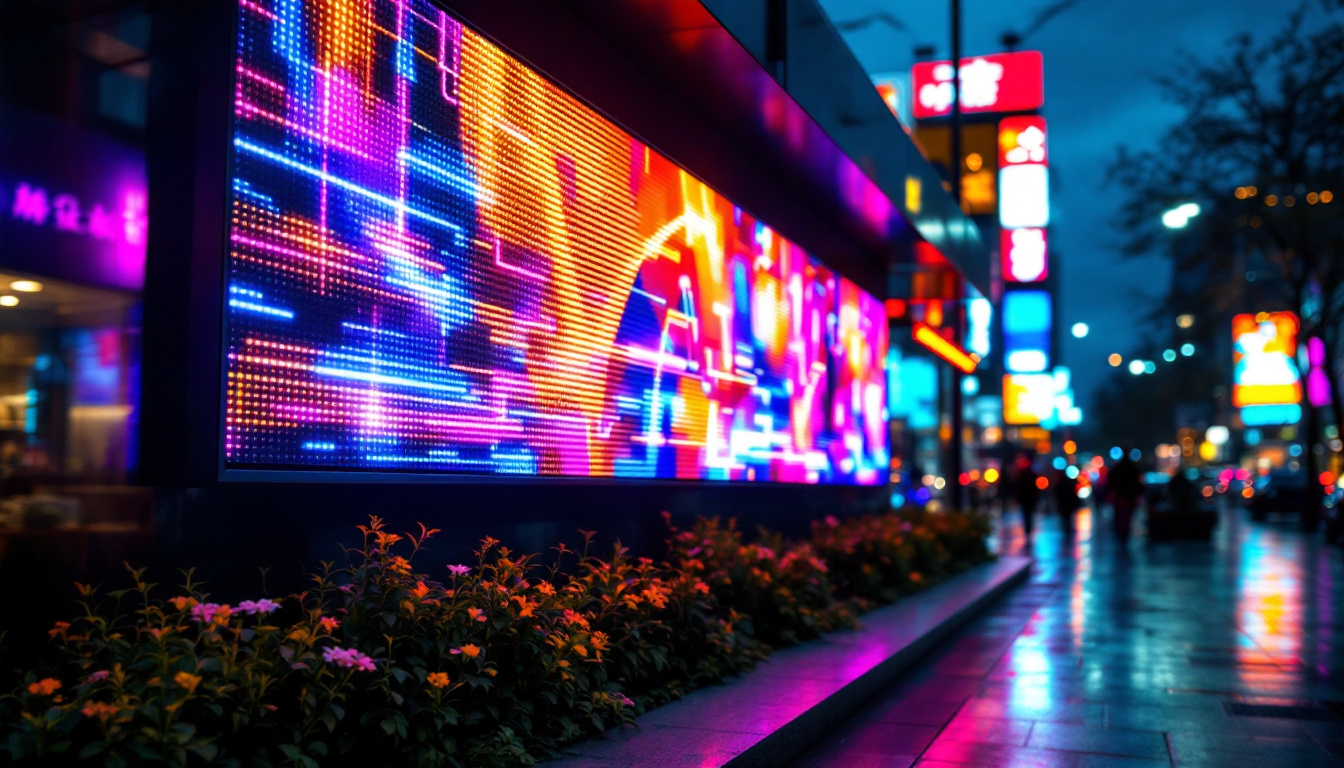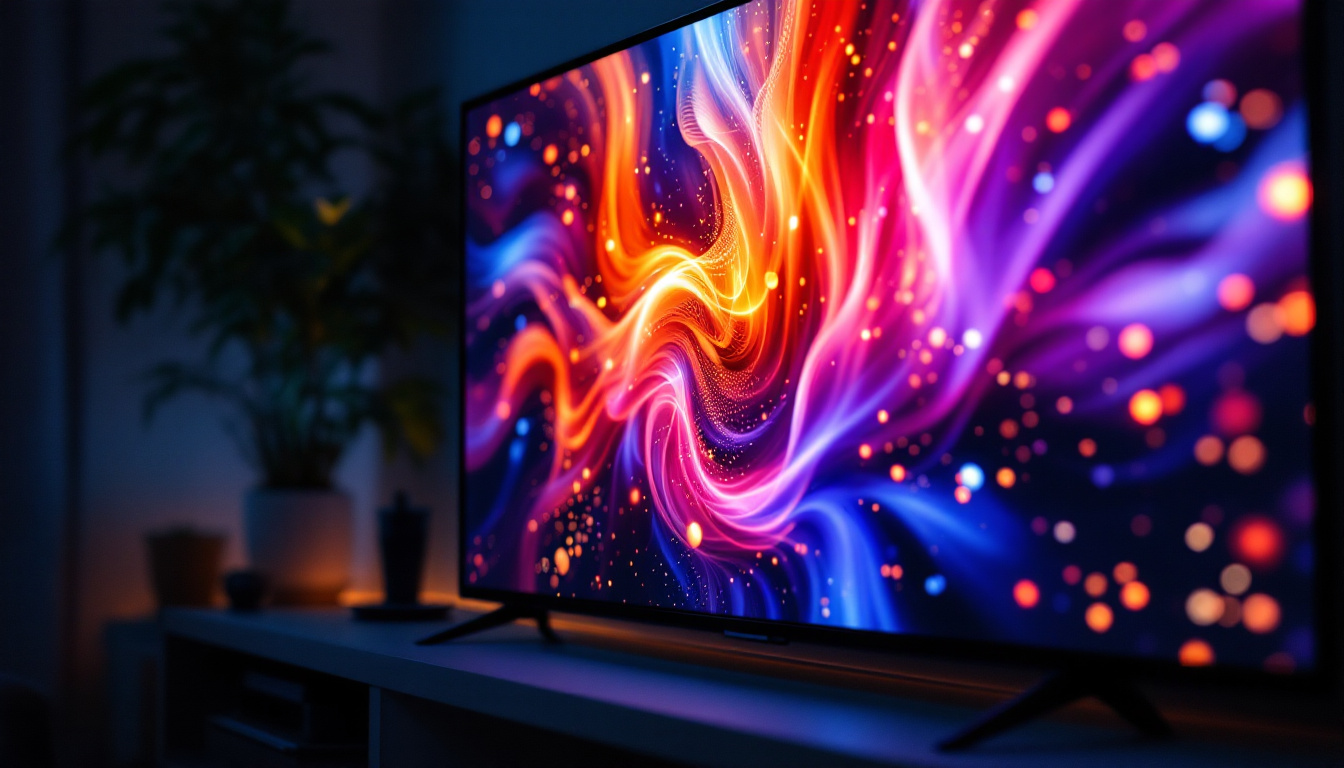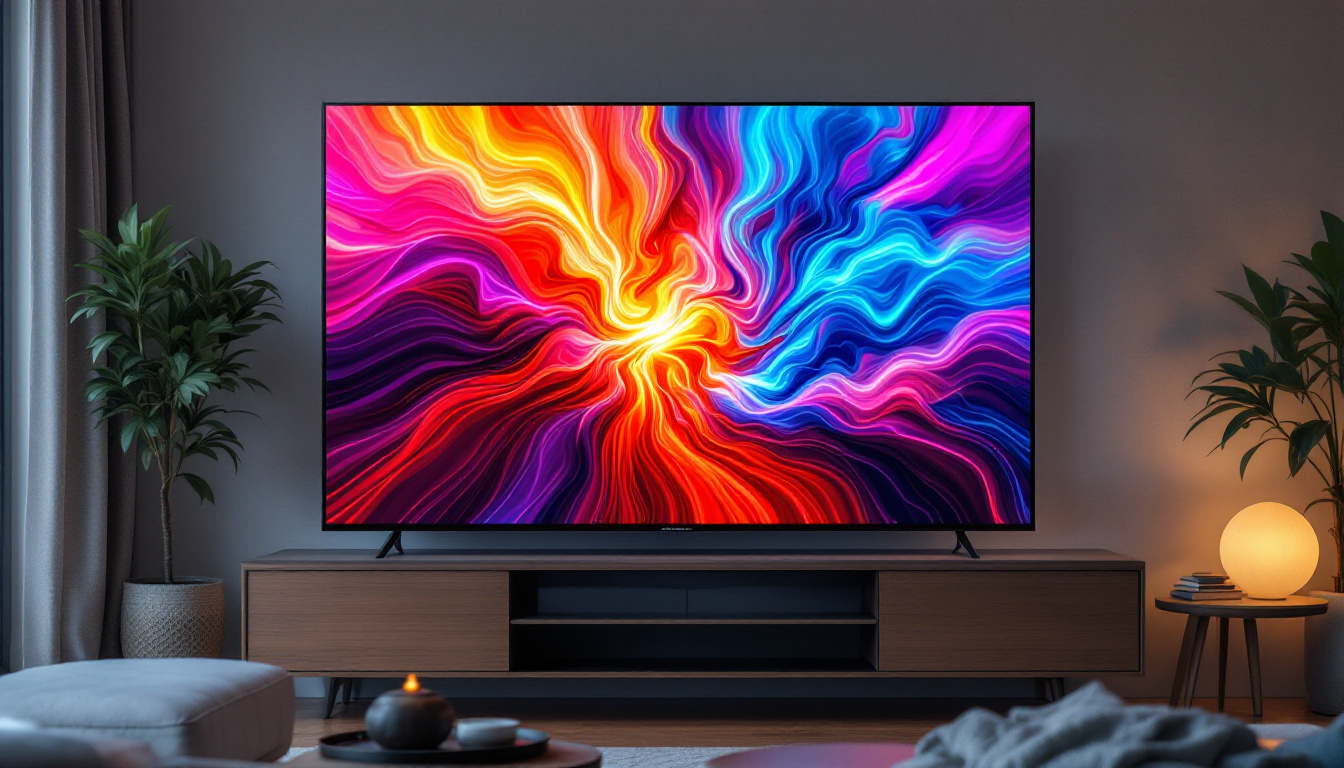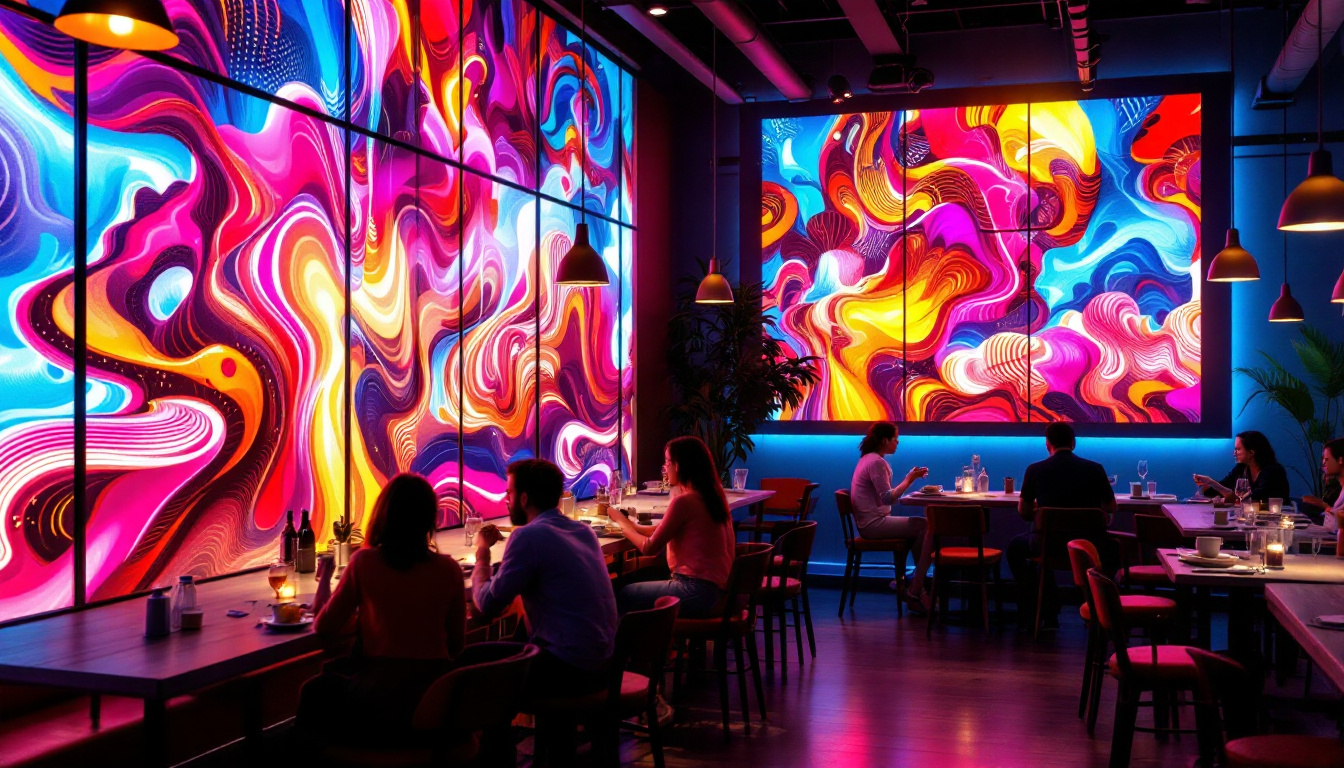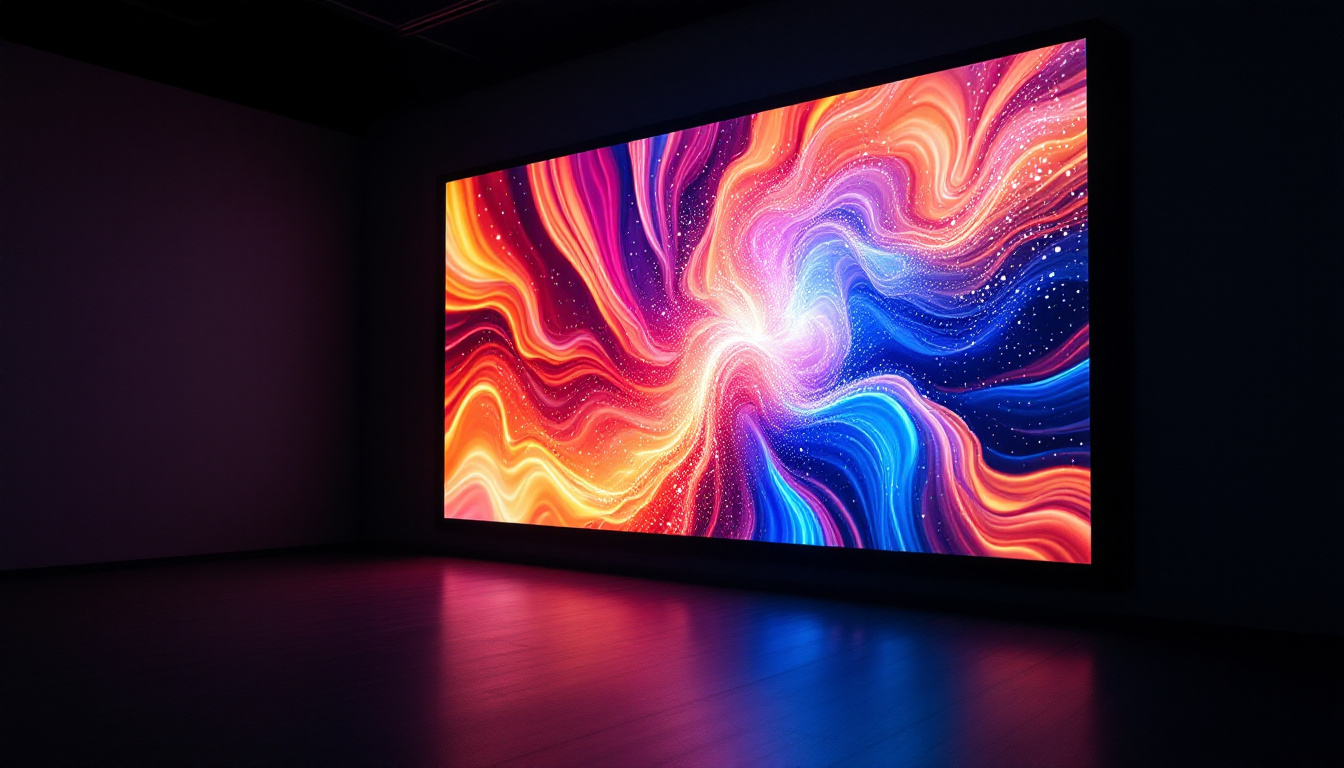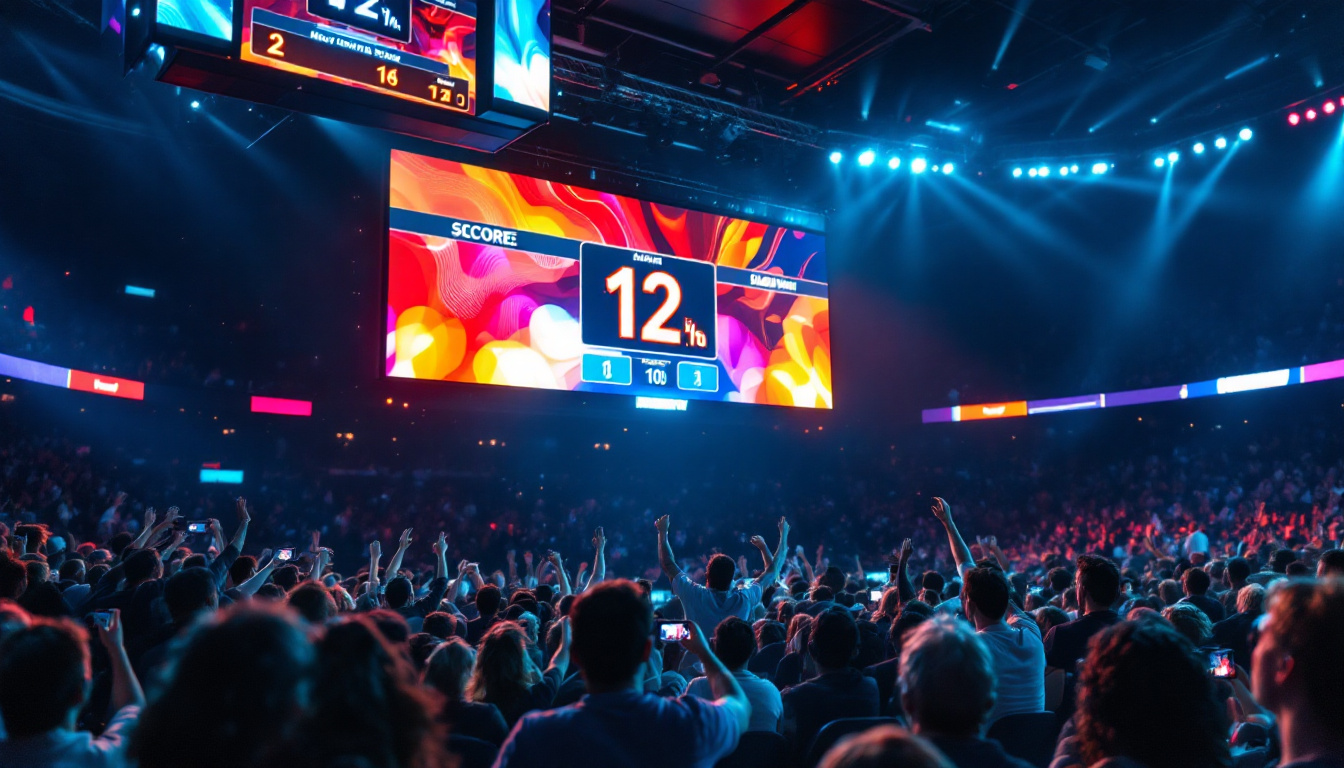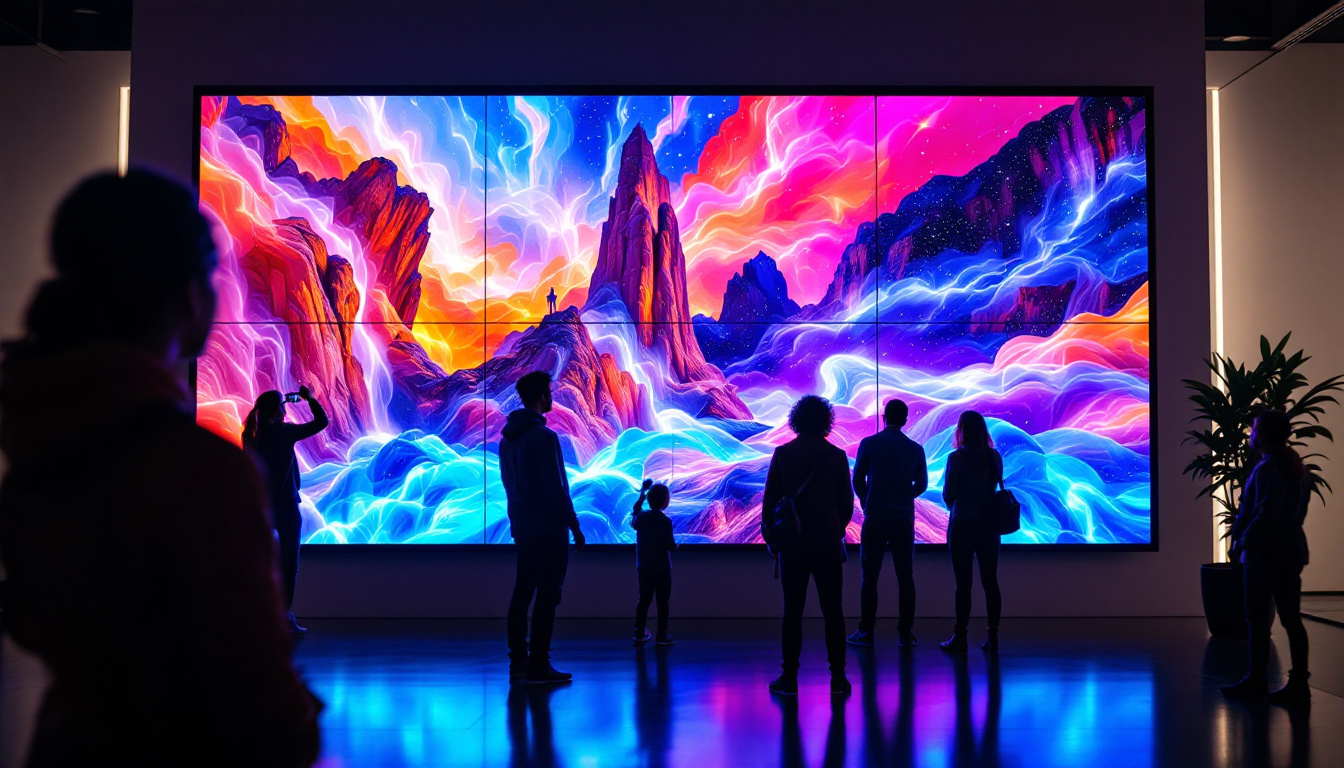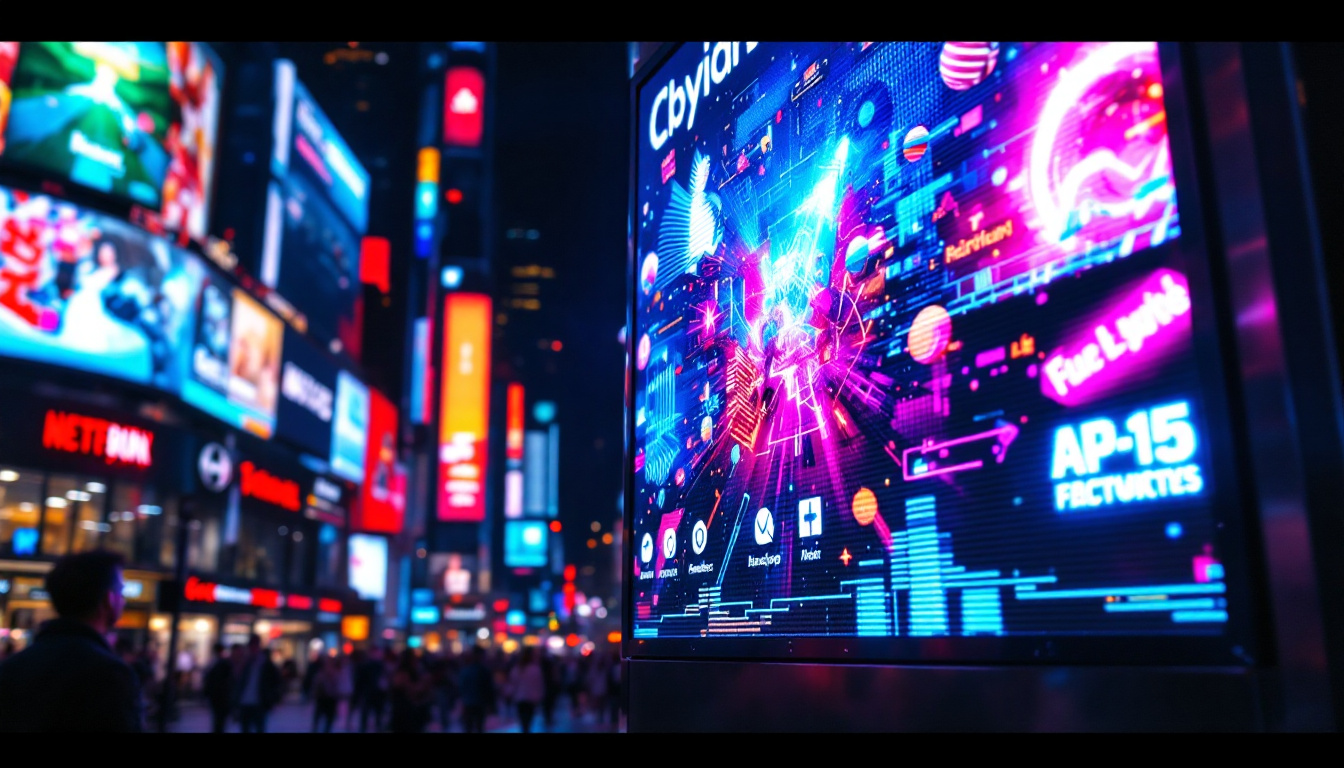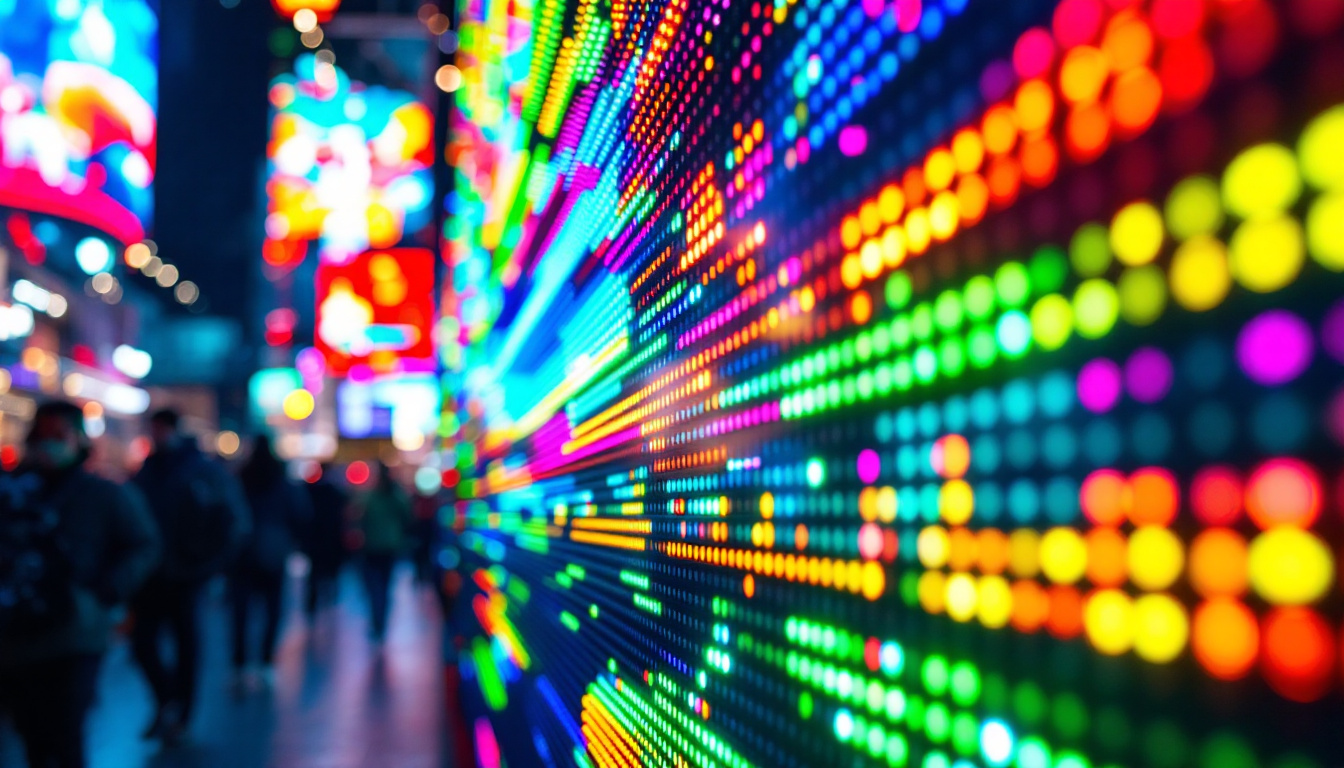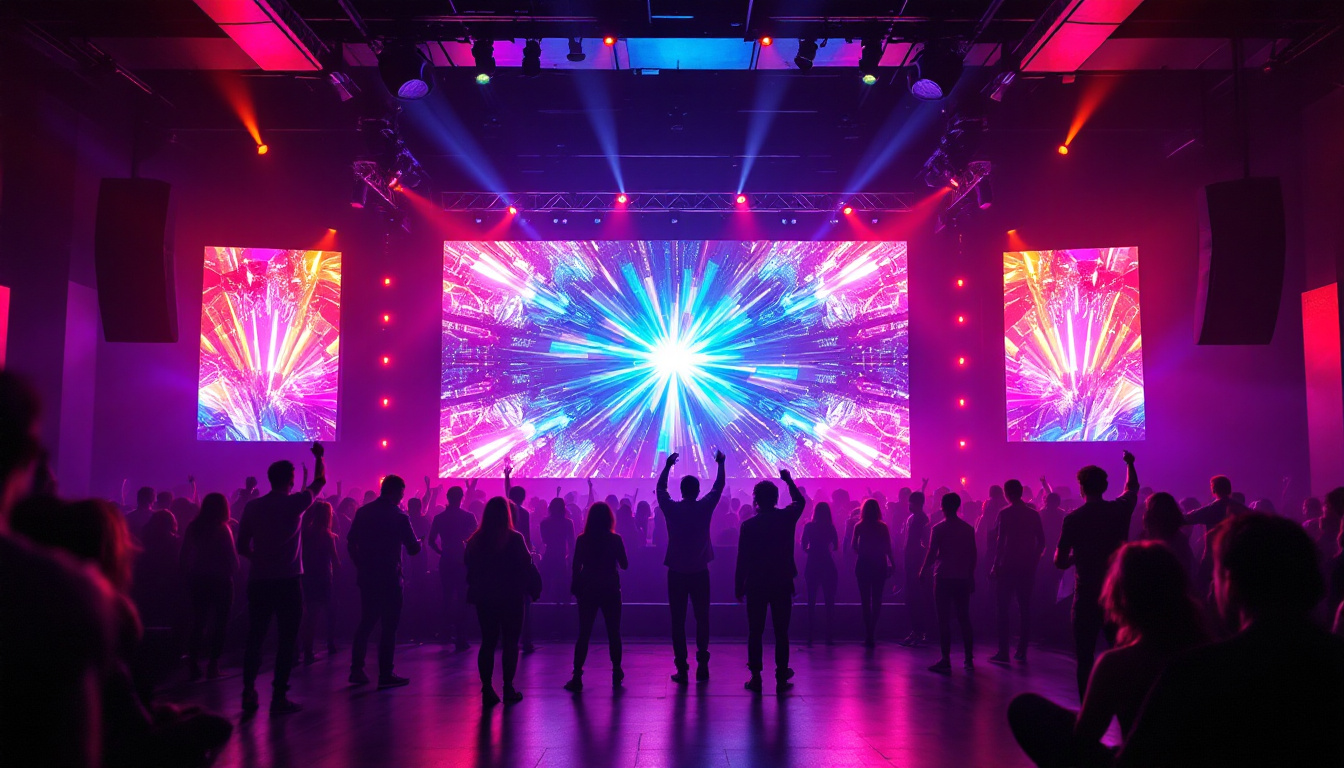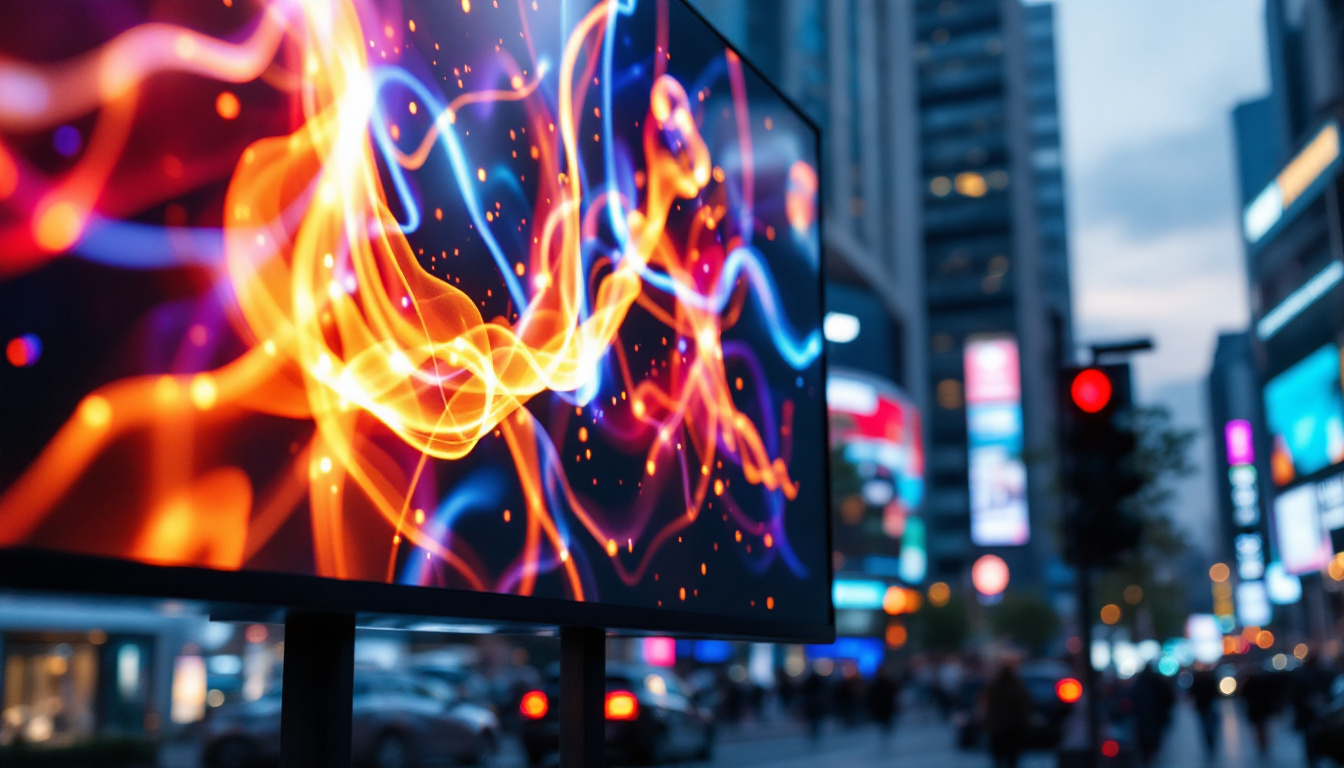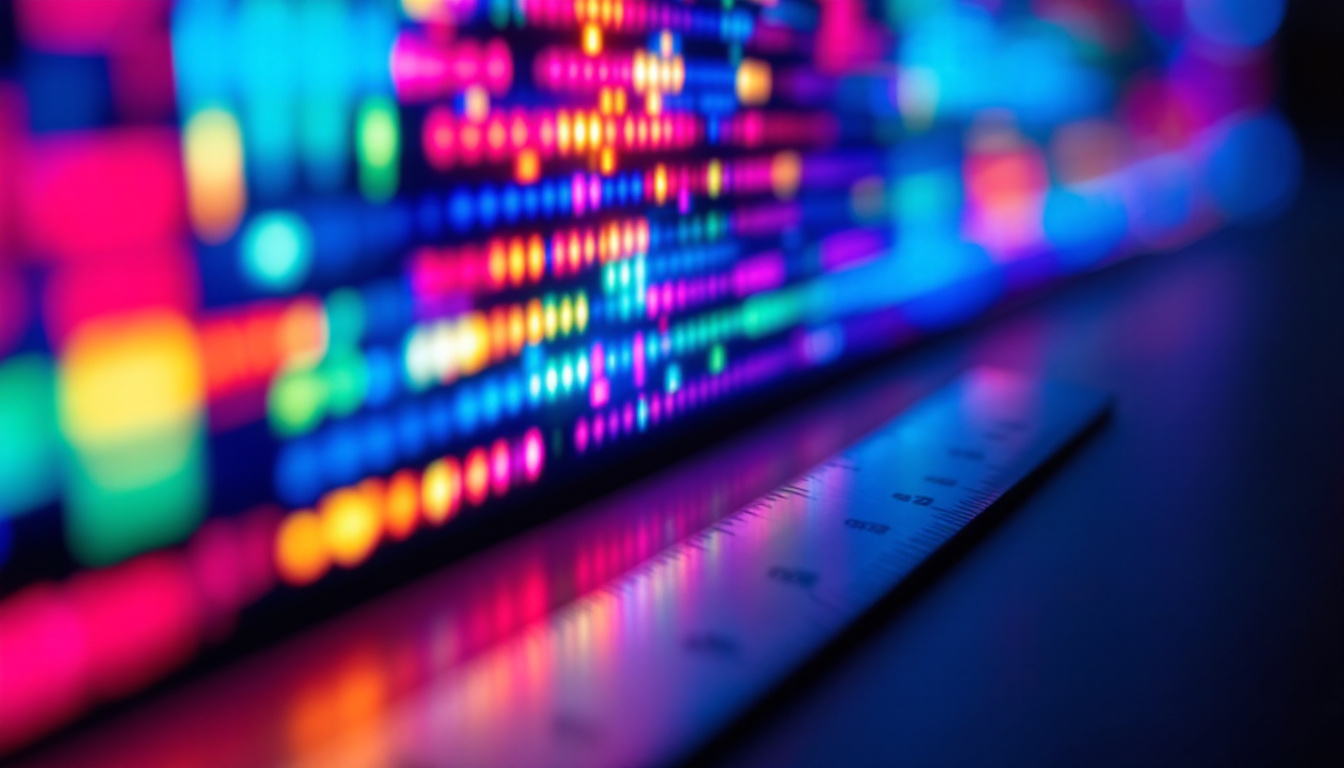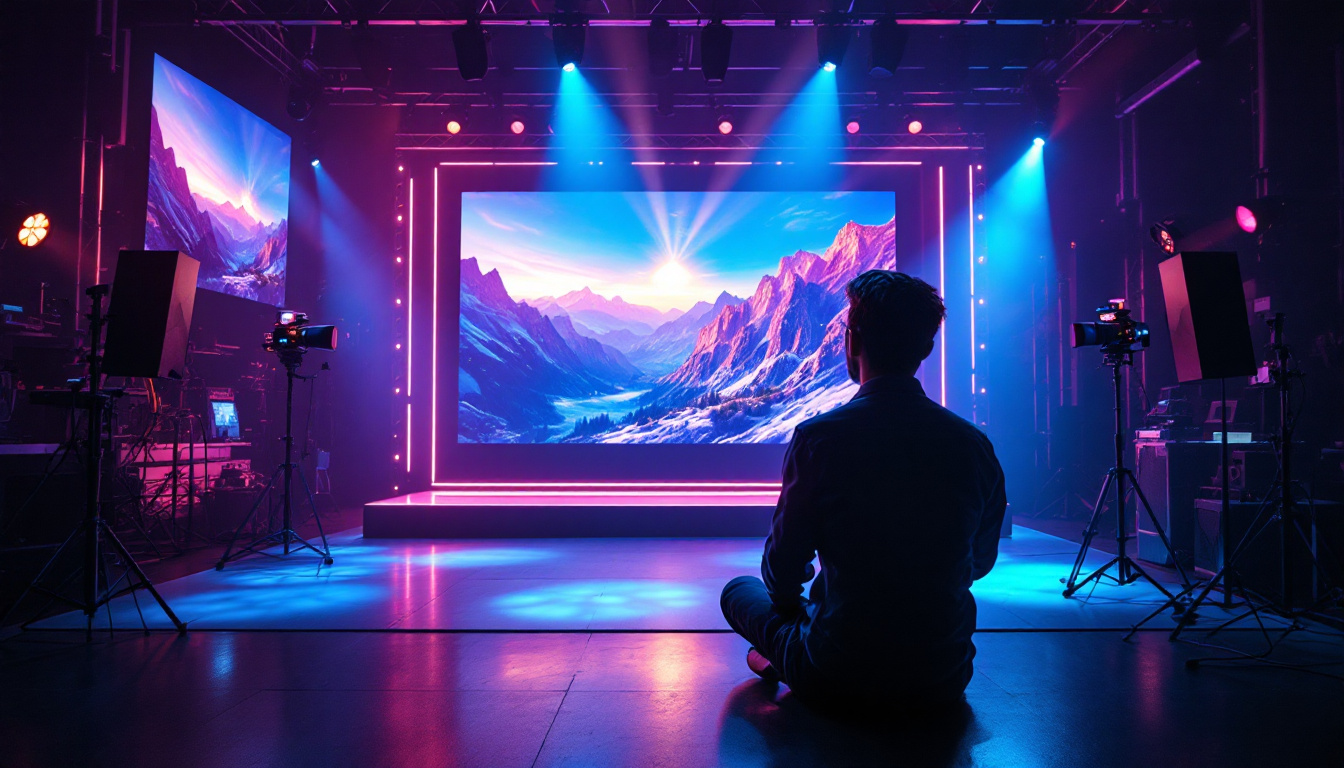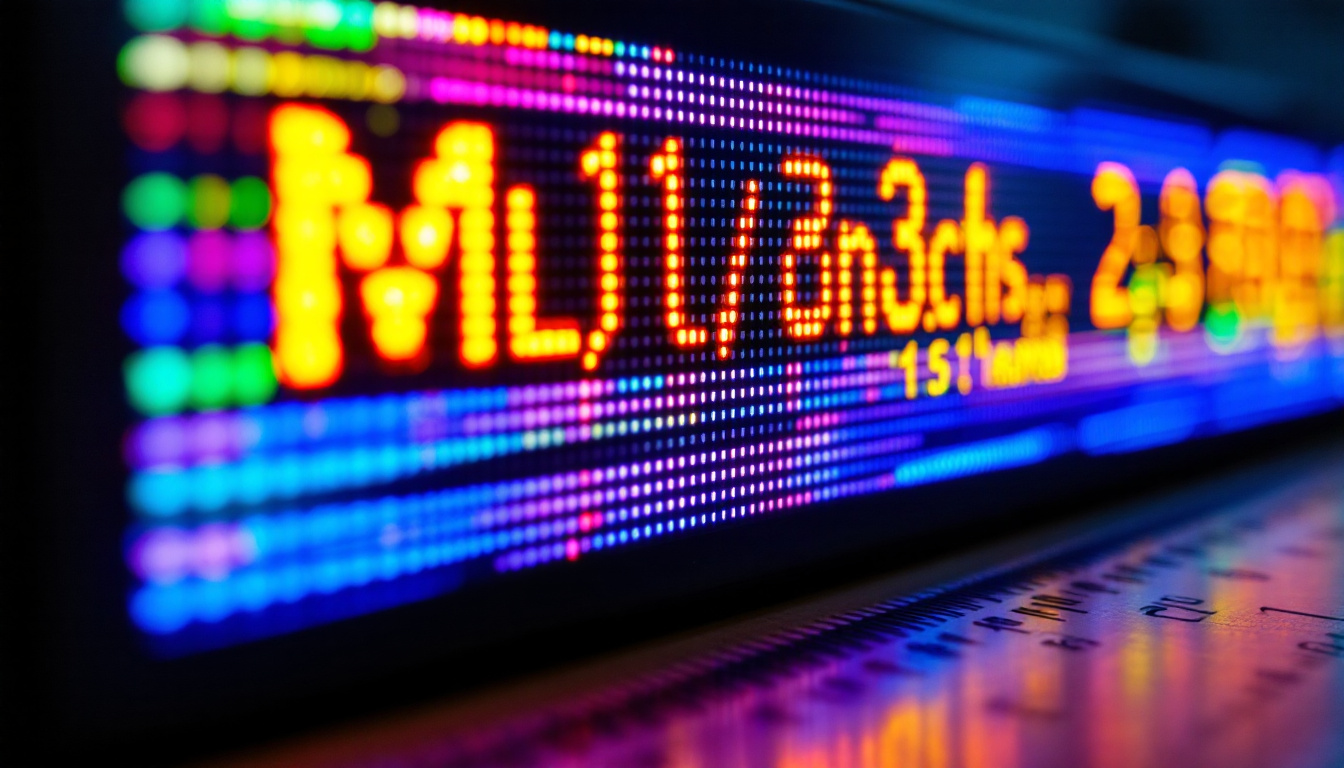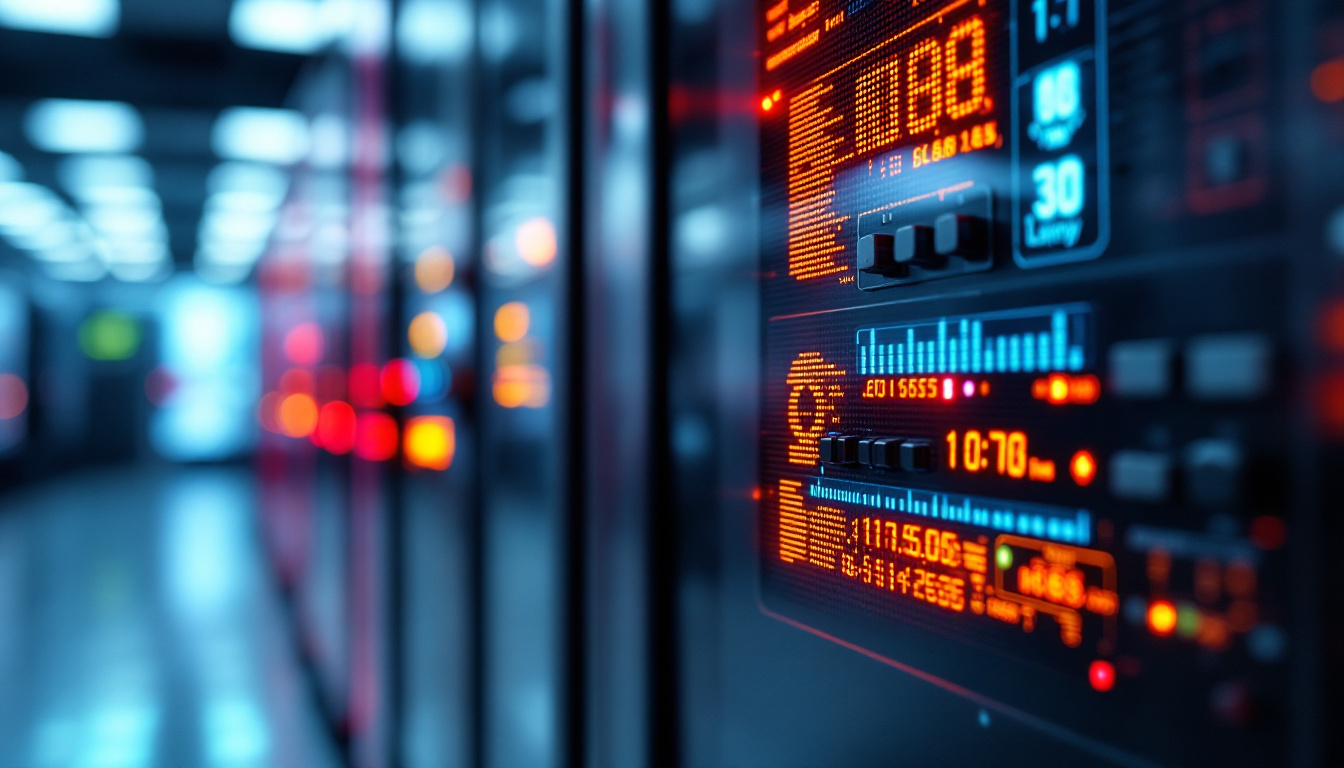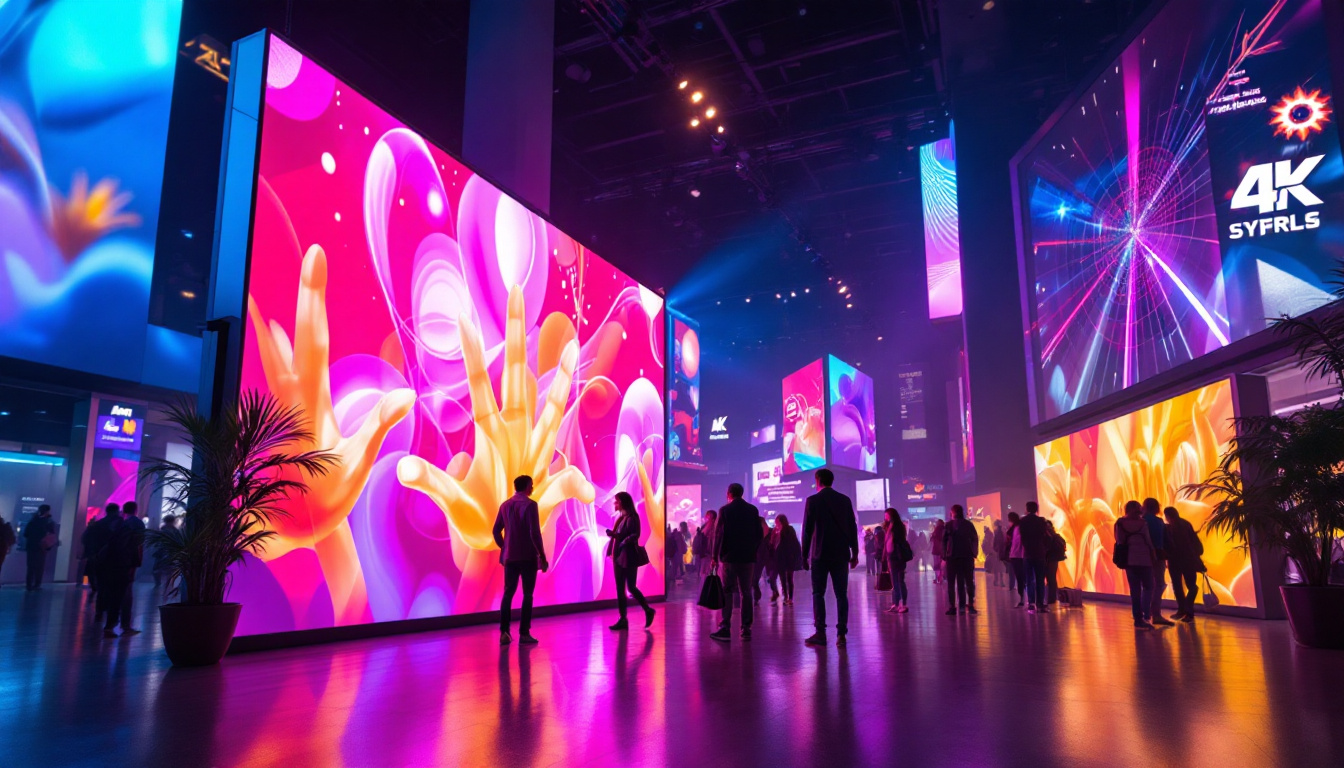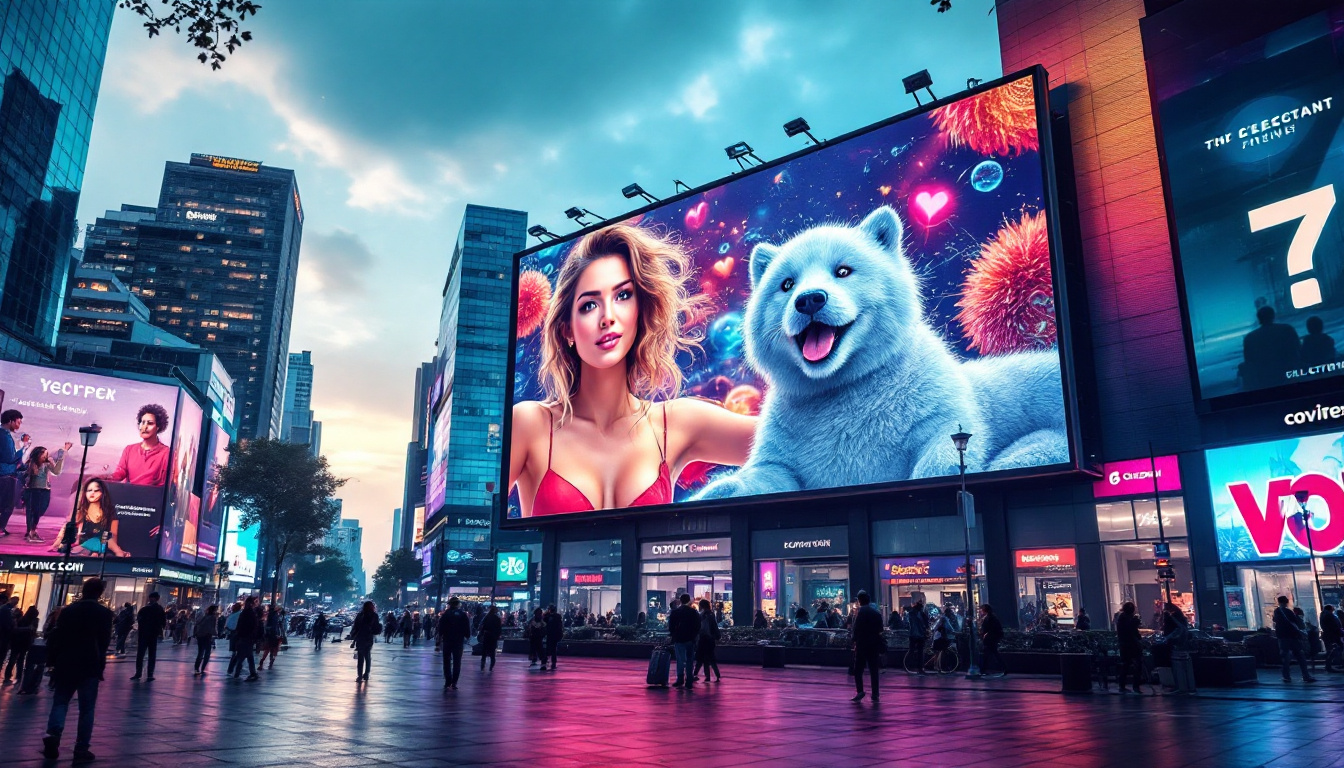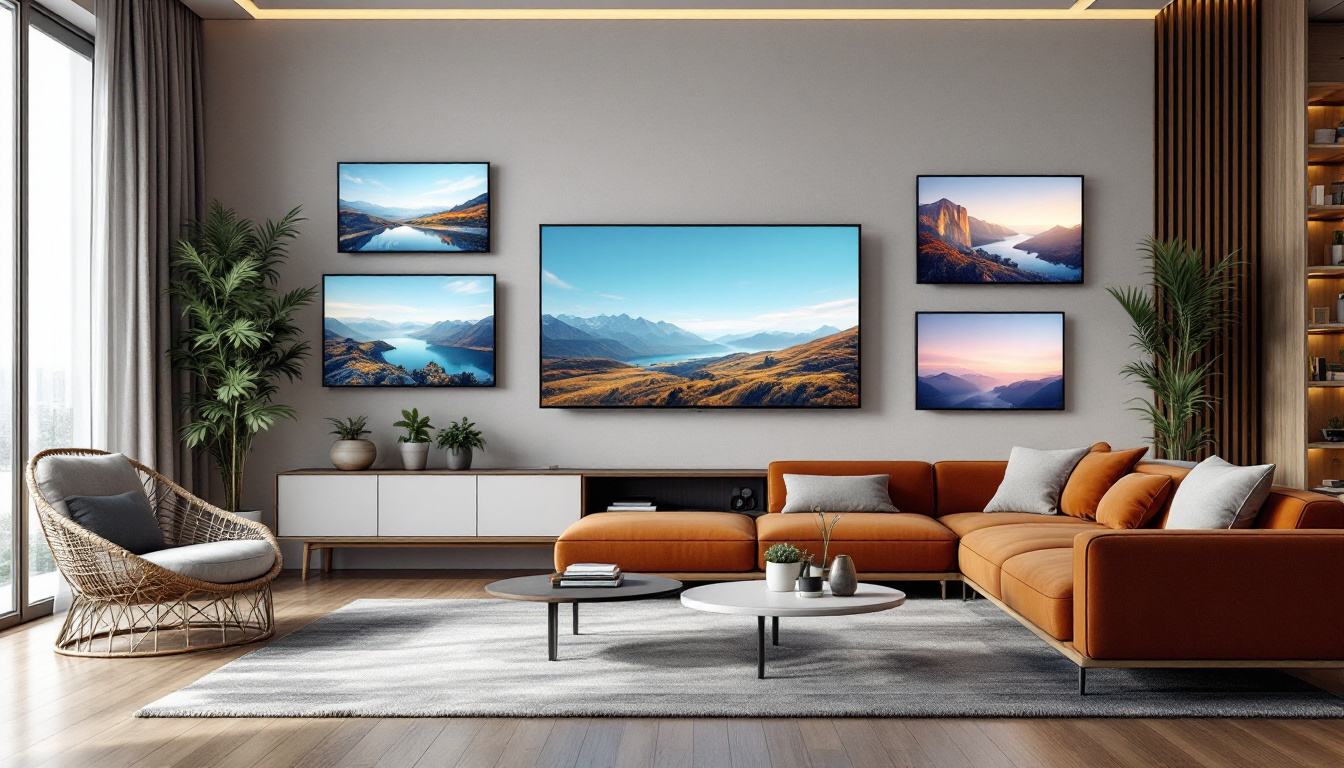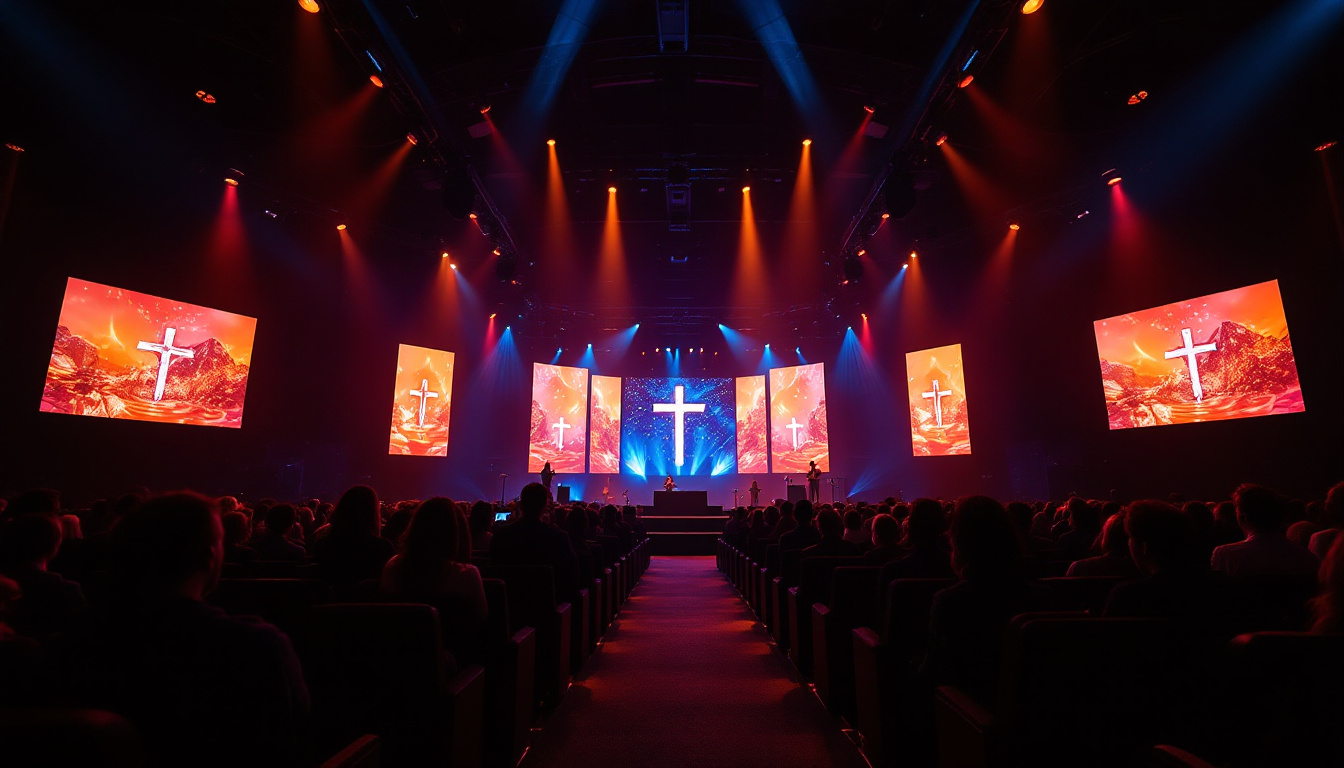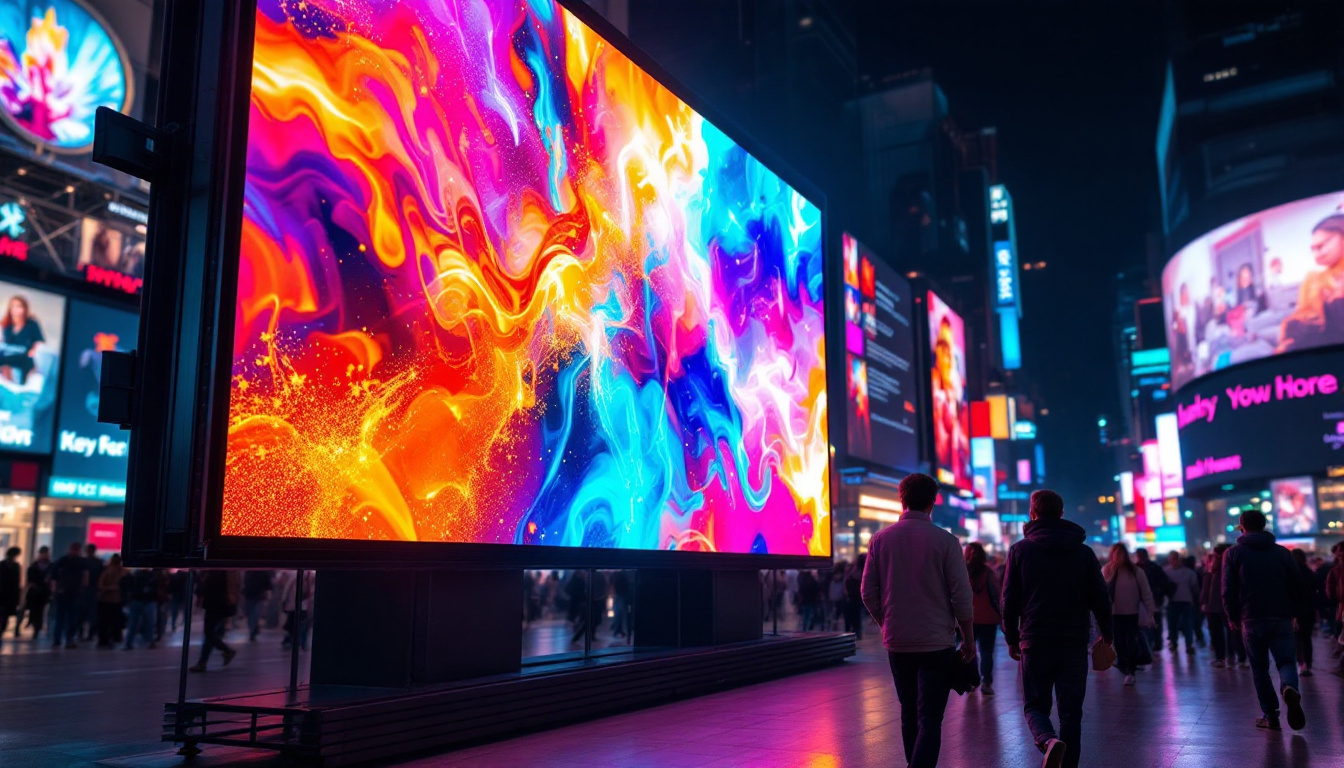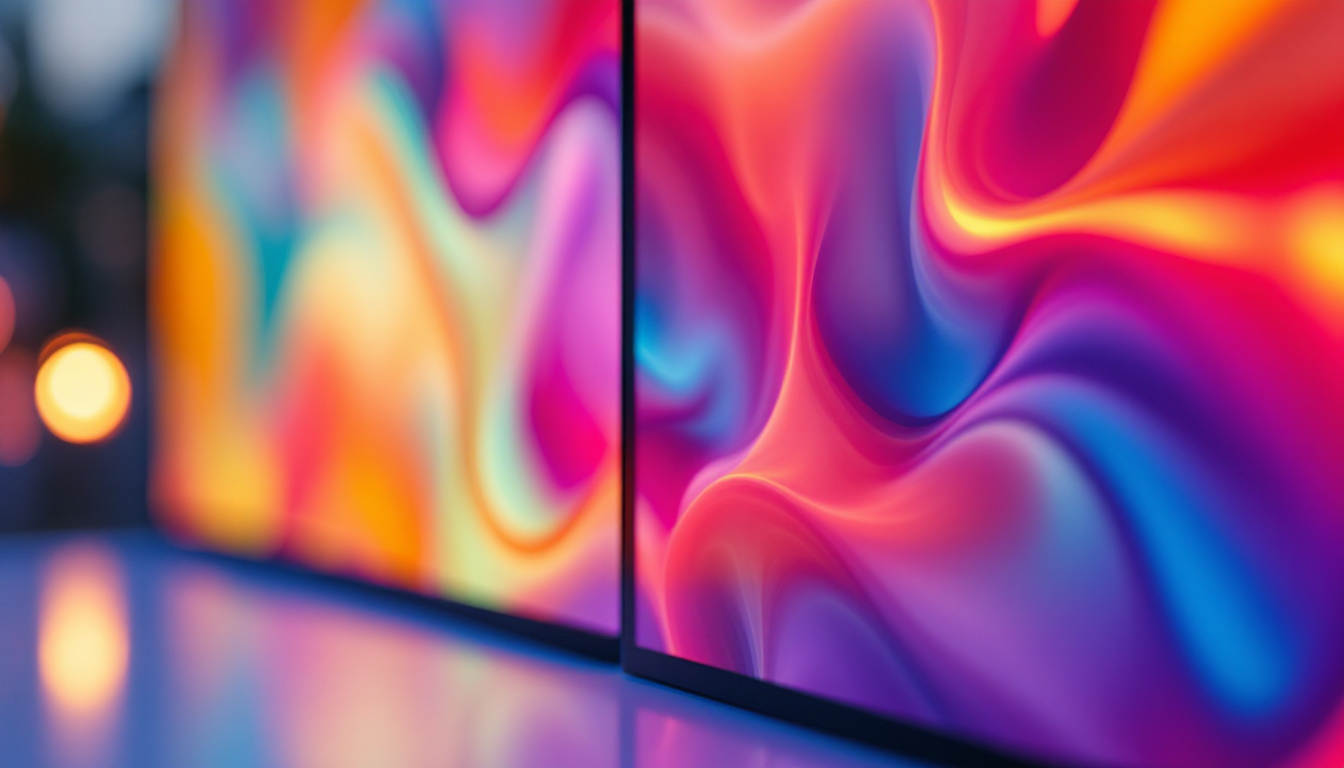In the modern world, LED displays have become ubiquitous, transforming the way information is presented and consumed. The term “CE ROHS LED” refers to a specific standard that ensures the safety and environmental compliance of LED products. This article delves into the intricacies of LED displays, the significance of CE and ROHS certifications, and their impact on various industries.
Understanding LED Technology
Light Emitting Diodes (LEDs) are semiconductor devices that emit light when an electric current passes through them. This technology has revolutionized the lighting and display industries due to its energy efficiency, longevity, and versatility. The adoption of LEDs has not only transformed the way we illuminate our homes and workplaces but has also paved the way for innovative applications in various fields, including automotive lighting, horticulture, and even medical treatments.
The Basics of LED Operation
At the core of LED technology is the principle of electroluminescence. When electrons move through a semiconductor material, they recombine with holes, releasing energy in the form of photons, which produces light. This process is highly efficient compared to traditional incandescent bulbs, which waste a significant amount of energy as heat. The efficiency of LEDs can be attributed to their ability to convert a larger portion of electrical energy into visible light, making them a preferred choice for energy-conscious consumers and businesses alike.
LEDs are available in various colors, which are determined by the materials used in the semiconductor. By combining different colors, manufacturers can create a broad spectrum of hues, making LEDs ideal for displays where vibrant colors are essential. Moreover, advancements in technology have led to the development of tunable white LEDs, which allow users to adjust the color temperature of the light, creating a customizable ambiance that can enhance mood and productivity in various settings.
Types of LED Displays
LED displays can be categorized into several types, each serving different purposes. The most common types include:
- Direct View LED Displays: These displays use individual LEDs to form images and are often used in large outdoor screens and billboards. Their high brightness and visibility in direct sunlight make them ideal for advertising and public information displays.
- LED-backlit LCD Displays: In these displays, LEDs provide backlighting for LCD panels, enhancing brightness and color accuracy. This combination allows for thinner screens and improved energy efficiency compared to traditional fluorescent backlighting.
- Organic LED (OLED) Displays: Utilizing organic compounds, OLEDs offer superior contrast and color reproduction, making them popular in high-end televisions and smartphones. The flexibility of OLED technology also enables the creation of curved and bendable screens, opening up new possibilities for design and functionality.
In addition to these common types, there are also specialized LED displays such as MicroLED and MiniLED technologies. MicroLED displays consist of tiny, self-emissive pixels that provide exceptional brightness and contrast, while MiniLEDs enhance traditional LCD displays by using smaller LEDs for backlighting, resulting in improved local dimming and better overall picture quality. These advancements reflect the ongoing evolution of LED technology, which continues to push the boundaries of what is possible in visual display and lighting solutions.
The Importance of CE and ROHS Certifications
CE and ROHS certifications play a crucial role in the LED industry, ensuring that products meet safety and environmental standards. Understanding these certifications is essential for manufacturers, consumers, and businesses alike.
CE Certification
CE marking indicates that a product complies with European Union (EU) safety, health, and environmental protection standards. For LED displays, this certification signifies that the product has undergone rigorous testing and meets the necessary requirements for sale within the EU.
The CE mark not only assures consumers of product quality but also facilitates international trade, as many countries recognize CE certification as a standard for safety and compliance. This recognition can significantly enhance a product’s marketability, as businesses can confidently market their LED products across borders, knowing they meet stringent EU regulations. Moreover, the CE certification process often involves comprehensive documentation and testing, which can help manufacturers identify potential design flaws early in the production process, ultimately leading to more reliable and safer products.
ROHS Compliance
ROHS, which stands for Restriction of Hazardous Substances, is an EU directive that restricts the use of specific hazardous materials in electrical and electronic equipment. This includes substances like lead, mercury, cadmium, and certain flame retardants.
By adhering to ROHS standards, manufacturers contribute to environmental sustainability and public health. ROHS compliance is increasingly becoming a prerequisite for market entry in many regions, making it essential for LED display manufacturers to ensure their products are free from harmful substances. Additionally, the growing consumer awareness regarding environmental issues has led to a demand for greener products, pushing companies to adopt ROHS compliance not just as a regulatory requirement but as a competitive advantage. As a result, businesses that prioritize ROHS compliance often find themselves appealing to a broader audience, including environmentally conscious consumers and corporate clients who are committed to sustainability initiatives.
Applications of LED Displays
LED displays have found applications across various sectors, thanks to their versatility and effectiveness. From advertising to entertainment, their impact is profound and far-reaching.
Advertising and Marketing
One of the most prominent uses of LED displays is in advertising. Billboards and digital signage utilize vibrant LED technology to capture the attention of passersby. The ability to change content quickly and remotely allows businesses to engage customers dynamically, promoting products and services in real-time.
Moreover, LED displays can be programmed to display targeted advertisements based on time, location, and audience demographics, enhancing the effectiveness of marketing campaigns.
Entertainment and Events
In the entertainment industry, LED displays are integral to concerts, sports events, and festivals. Large LED screens provide audiences with clear visuals, enhancing the overall experience. They can display live feeds, graphics, and animations, creating an immersive environment.
Additionally, LED technology is used in stage lighting and effects, allowing for creative and dynamic presentations that captivate audiences.
Industrial and Commercial Use
Beyond advertising and entertainment, LED displays are utilized in industrial settings for monitoring and information dissemination. Factories and warehouses often employ LED screens to display real-time data, such as production metrics and safety alerts, ensuring efficient operations.
In commercial settings, LED displays are used for wayfinding, information kiosks, and customer engagement, enhancing the overall customer experience.
Benefits of LED Displays
The advantages of LED displays are numerous, making them a preferred choice for many applications. Understanding these benefits can help businesses and consumers make informed decisions.
Energy Efficiency
One of the most significant benefits of LED displays is their energy efficiency. Compared to traditional lighting technologies, LEDs consume significantly less power, leading to reduced energy costs. This efficiency not only benefits the environment by lowering carbon footprints but also results in substantial savings for businesses.
Longevity and Durability
LED displays are known for their longevity, often lasting tens of thousands of hours. This durability reduces the need for frequent replacements, which can be costly and inconvenient. Additionally, LEDs are more resistant to shock and vibration compared to traditional display technologies, making them suitable for various environments.
High-Quality Visuals
LED displays offer superior image quality, with high brightness, contrast, and color accuracy. This quality is crucial for applications where visual appeal is essential, such as advertising and entertainment. The ability to produce vibrant colors and sharp images ensures that content stands out and captures attention.
Challenges and Considerations
Despite their many advantages, LED displays are not without challenges. Understanding these challenges is crucial for manufacturers and consumers alike.
Initial Costs
The initial investment for LED displays can be higher than traditional display technologies. While the long-term savings on energy and maintenance can offset these costs, the upfront expenditure may deter some businesses from making the switch. It is essential to consider the overall return on investment when evaluating LED options.
Heat Management
LED displays generate heat during operation, which can affect performance and longevity if not managed properly. Adequate cooling systems and ventilation are necessary to ensure optimal functioning. Manufacturers must design displays with effective heat dissipation mechanisms to mitigate this issue.
Color Calibration
Maintaining color accuracy is vital for LED displays, especially in professional settings. Over time, LEDs may experience color shifts, requiring calibration to ensure consistent performance. Regular maintenance and calibration can help preserve the quality of visuals, but it adds to the overall operational considerations.
The Future of LED Displays
The future of LED displays looks promising, with ongoing advancements in technology and applications. Several trends are shaping the evolution of this industry.
Smart LED Displays
As technology continues to evolve, the integration of smart features into LED displays is becoming increasingly common. These displays can connect to the internet, allowing for remote management, real-time updates, and data analytics. Businesses can leverage these capabilities to enhance customer engagement and streamline operations.
Sustainability Initiatives
With growing awareness of environmental issues, manufacturers are focusing on sustainable practices in LED production. This includes using recyclable materials, reducing energy consumption during manufacturing, and ensuring compliance with environmental regulations. The shift towards sustainability is likely to drive innovation and attract eco-conscious consumers.
Enhanced Interactivity
Interactive LED displays are gaining traction, particularly in retail and advertising. Touchscreen capabilities and augmented reality features allow for engaging user experiences. These displays can provide personalized content and interactive elements, enhancing customer engagement and satisfaction.
Conclusion
LED displays have transformed the way information is conveyed, offering numerous benefits across various sectors. Understanding the significance of CE and ROHS certifications is crucial for ensuring product quality and environmental compliance. As technology continues to advance, the future of LED displays promises even more innovation and opportunities for businesses and consumers alike.
In a world increasingly reliant on visual communication, LED displays are poised to play a pivotal role in shaping the future of advertising, entertainment, and information dissemination. Embracing this technology not only enhances engagement but also contributes to a more sustainable and efficient future.
Discover LumenMatrix LED Display Innovations
As you consider the future of visual communication and the role LED displays play in it, LumenMatrix stands at the forefront of this transformative technology. With a commitment to excellence and innovation, LumenMatrix offers an array of LED display solutions tailored to meet the diverse needs of various industries. Whether you’re looking to enhance your brand’s visibility with an Indoor LED Wall Display, captivate passersby with an Outdoor LED Wall Display, or create immersive experiences with Custom LED Displays and more, LumenMatrix has the expertise to bring your vision to life. Don’t miss the opportunity to elevate your visual engagement—Check out LumenMatrix LED Display Solutions today and join the revolution in digital signage and communication.

